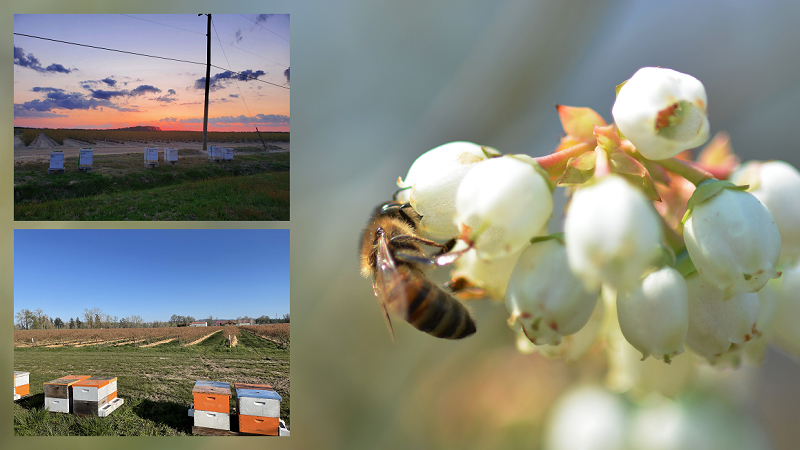Aeroponics To Enhance Potato Production
A project at Cornell University in New York could reduce the time it takes to bring potatoes to the table and help growers by increasing production in a more efficient, sustainable way. According to an article in the Cornell Chronicle, the project could also speed up the introduction of new disease-resistant varieties to market and ensure a strong supply of locally grown potatoes.
For the past three years, Keith Perry, associate professor of plant pathology and plant-microbe biology and director of the New York State Foundation Seed Potato Program and the Uihlein Farm in Lake Placid, NY, has been working with farm manager Chris Nobles on a novel “aeroponics” system that shows promise for enhancing potato propagation in the state.
Locally grown potatoes rely on the efforts of plant pathologists and breeders at Cornell, who have been battling the destructive golden nematode pest since it first appeared in New York soils in 1941. But to maintain a statewide stock of pathogen-free potatoes for growers to plant, they must first follow a long process of propagation that starts in the lab.
As part of the disease-prevention plan, New York potatoes are grown from tubers, not seeds. “Seed potato” production begins from sprouts grown in test tube cultures. Tiny plantlets are transferred to greenhouses once they are tested to be pathogen-free.
In the first year, they are grown in pots of peat moss to produce “mini tubers,” which are grown at the 565-acre Uihlein Farm two years in a row before being passed on to seed potato growers, who cultivate them for another two to three years before selling them to commercial potato producers.
The initial steps are the most specialized and expensive, with limited capacity due to space constraints in Uihlein Farm greenhouses. When Perry learned about an aeroponic system developed by researchers at the International Potato Center in Lima, Peru, he saw potential to free up space, increase efficiency, and boost production.
Click here to read more about the project.
Source: Cornell University










